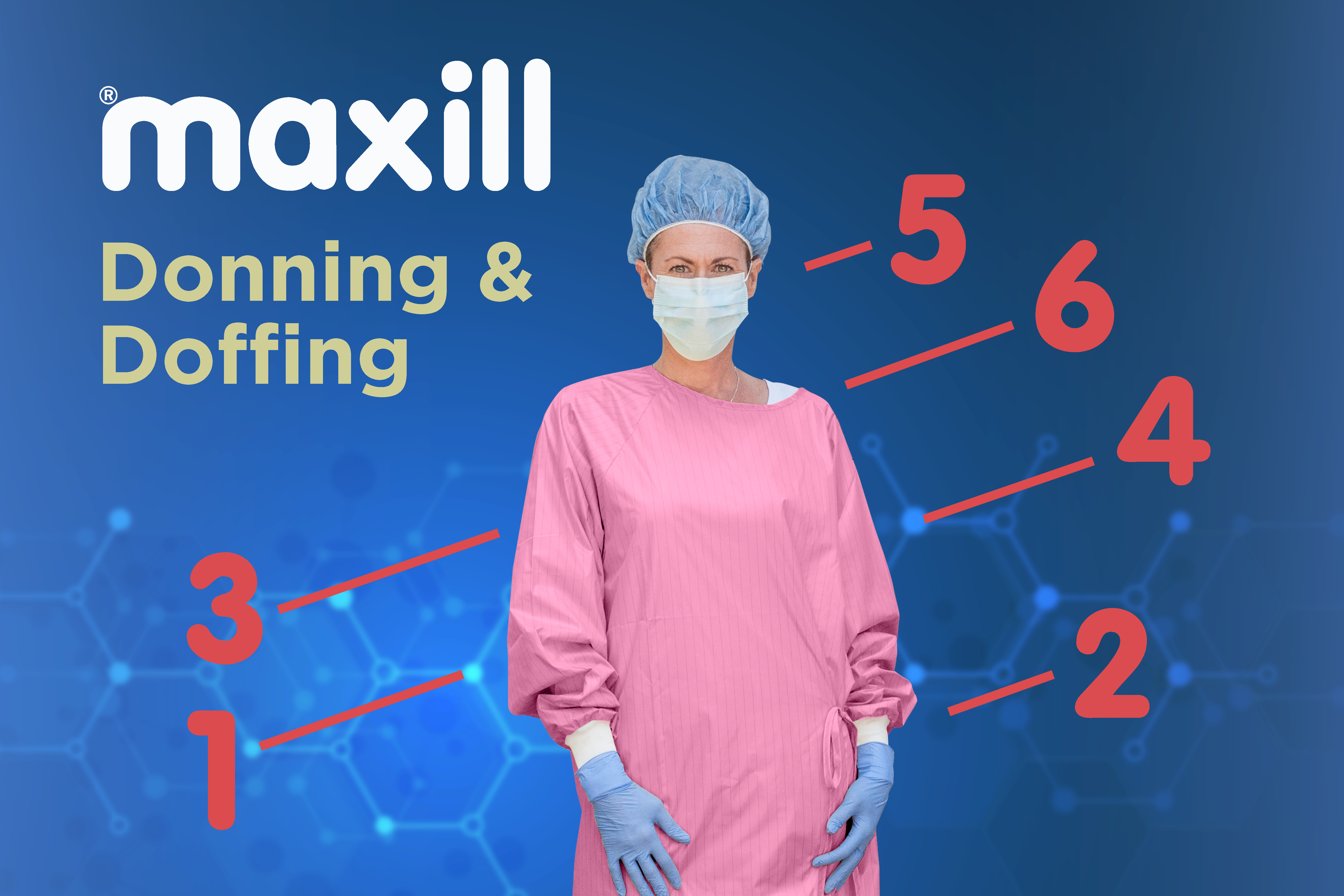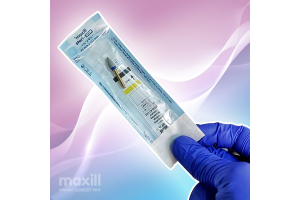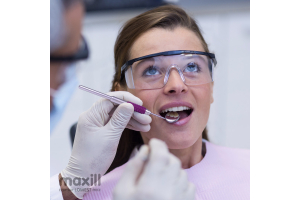Donning and Doffing: Essential Personal Protective Equipment in the Dental Industry

In the dental industry, the emphasis on safeguarding both dental professionals and patients against potential risks is critical. Personal Protective Equipment (PPE) serves as a frontline defense, protecting against infectious diseases, chemical exposure, and physical injuries. Donning and doffing protocols are foundational procedures that dental professionals must carefully follow to ensure the proper use and removal of PPE. Let's dive into the latest trends, key components, and best practices in infection control in dentistry.
Understanding Donning and Doffing
Donning PPE: This process involves correctly equipping oneself with the necessary protective gear. Dental professionals must implement a systematic approach, starting with hand hygiene, selecting appropriate gloves (latex or nitrile), fitting masks securely over the nose and mouth, and ensuring complete coverage with face shields or protective eyewear. Gowns, head covers, and shoe covers complete the ensemble, providing complete head-to-toe protection.
Doffing PPE: This critical process involves safely removing and disposing of protective gear after dental procedures. It's a meticulous sequence to prevent cross-contamination. Cautious removal of gloves, masks, face shields, gowns, head covers, and shoe covers while avoiding self-contamination is priority. Thorough handwashing after doffing completes the process.
Types of PPE in Dentistry
Gloves
Gloves act as crucial barriers against bodily fluids, chemicals, and microorganisms. Latex and nitrile gloves are most commonly used, with utility gloves recommended for additional protection during cleanup and instrument reprocessing.
Masks
Respiratory protection is provided by masks, preventing inhalation of airborne particles, and minimizing transmission of infectious agents. Surgical level 3 masks and N95 respirators are the primary types used, each offering varying levels of protection.
Face Shields and Protective Eyewear
These offer significant protection against splashes, sprays, and spatter during dental procedures, safeguarding the eyes and face from bloodborne pathogens, chemicals, and debris.
Gowns and Protective Clothing
Disposable or washable gowns shield dental professionals from aerosols generated during procedures and other contaminating factors, ensuring full coverage of the torso, wrists, and neck.
Head Covers and Shoe Covers
Head covers such as bouffant caps, or washable scrub caps, prevent hair contamination, while shoe covers protect against microbial transfer from footwear.
Best Practices and Conclusion
Adherence to donning and doffing protocols, coupled with thorough hand hygiene, is paramount. Regular training and education for dental office staff on these procedures are imperative to ensure dental professionals use PPE effectively.
PPE, while crucial, isn't a standalone solution. It's vital to complement its use with other infection control measures like disinfection protocols, maintaining a clean workspace, and adhering to standard precautions within a dental practice.
Continued education and awareness regarding PPE usage contribute significantly to a safe working environment for dental clinicians, staff, and patients. Understanding the limitations and appropriate disposal of PPE components is crucial for optimal protection.
In conclusion, the proper use of PPE, coupled with comprehensive infection control measures, prioritizes the health and safety of dental professionals and patients alike. Brands like maxill offer a range of dental infection control products and support the dental industry with quality infection control supplies.
As the dental industry evolves, staying updated with the latest trends and guidelines in infection control practices remains pivotal for ensuring a safe and secure environment for all.
Sources







